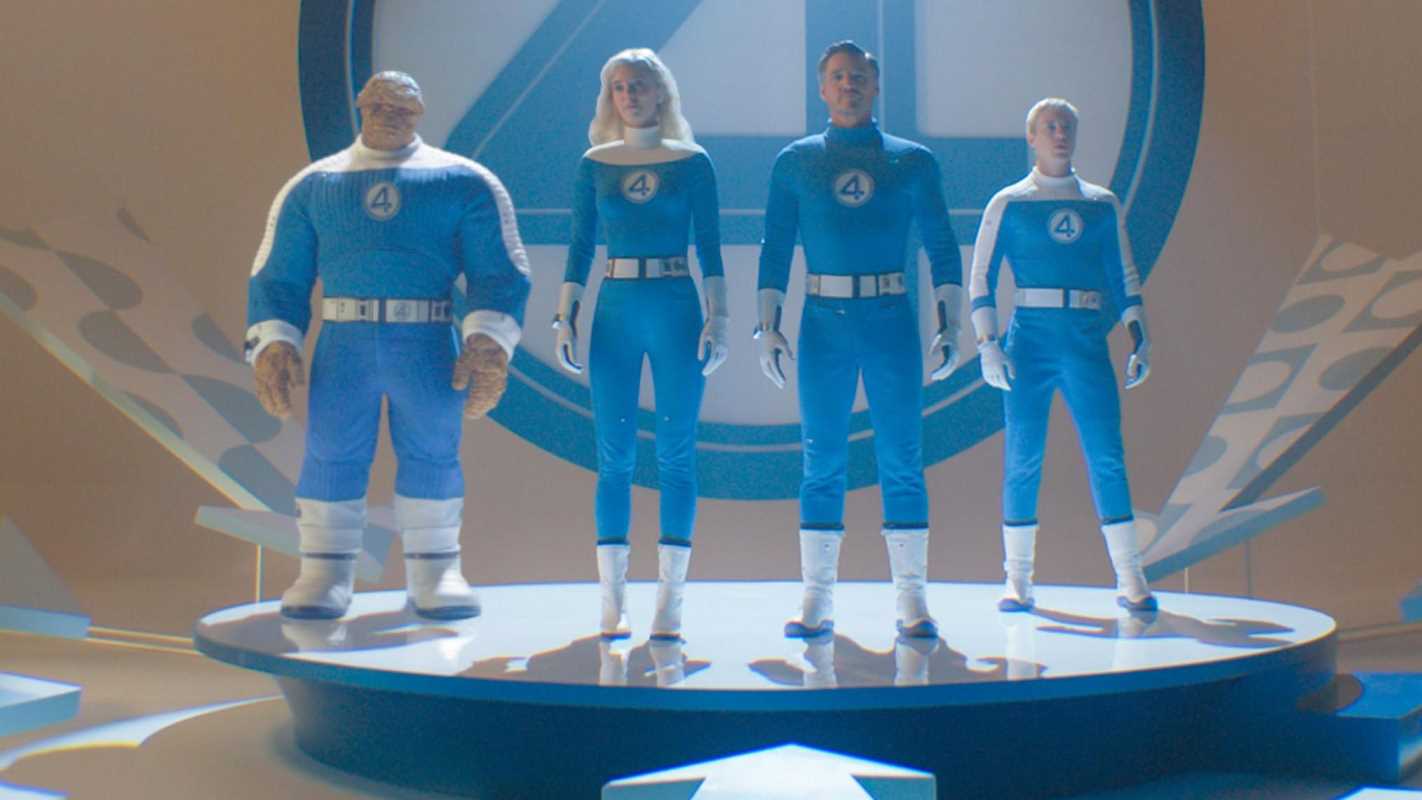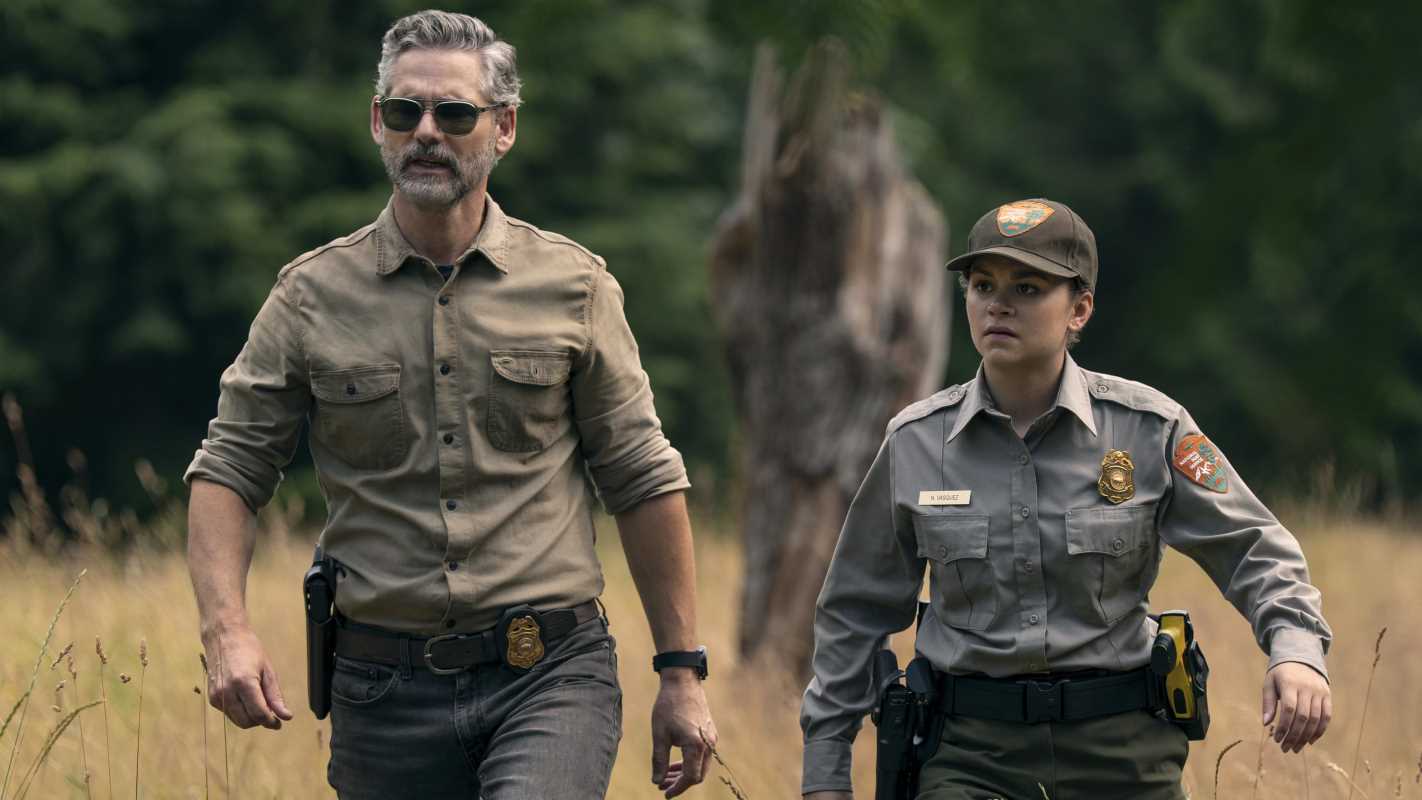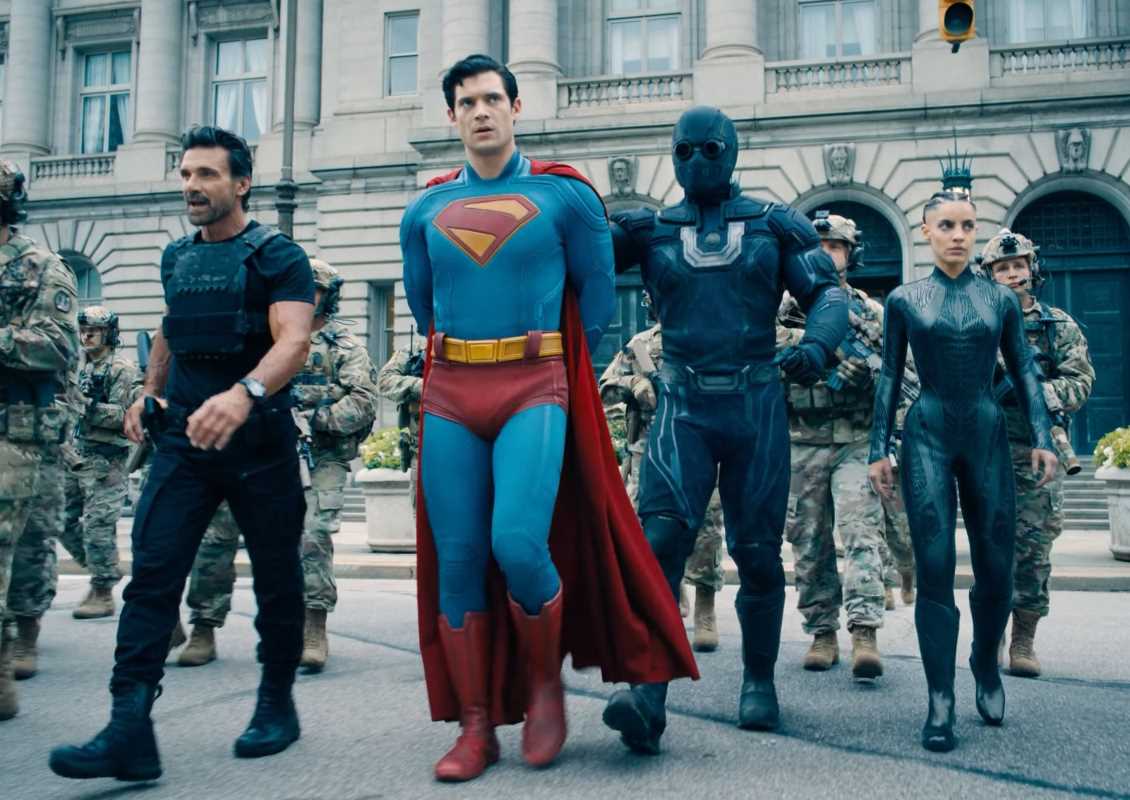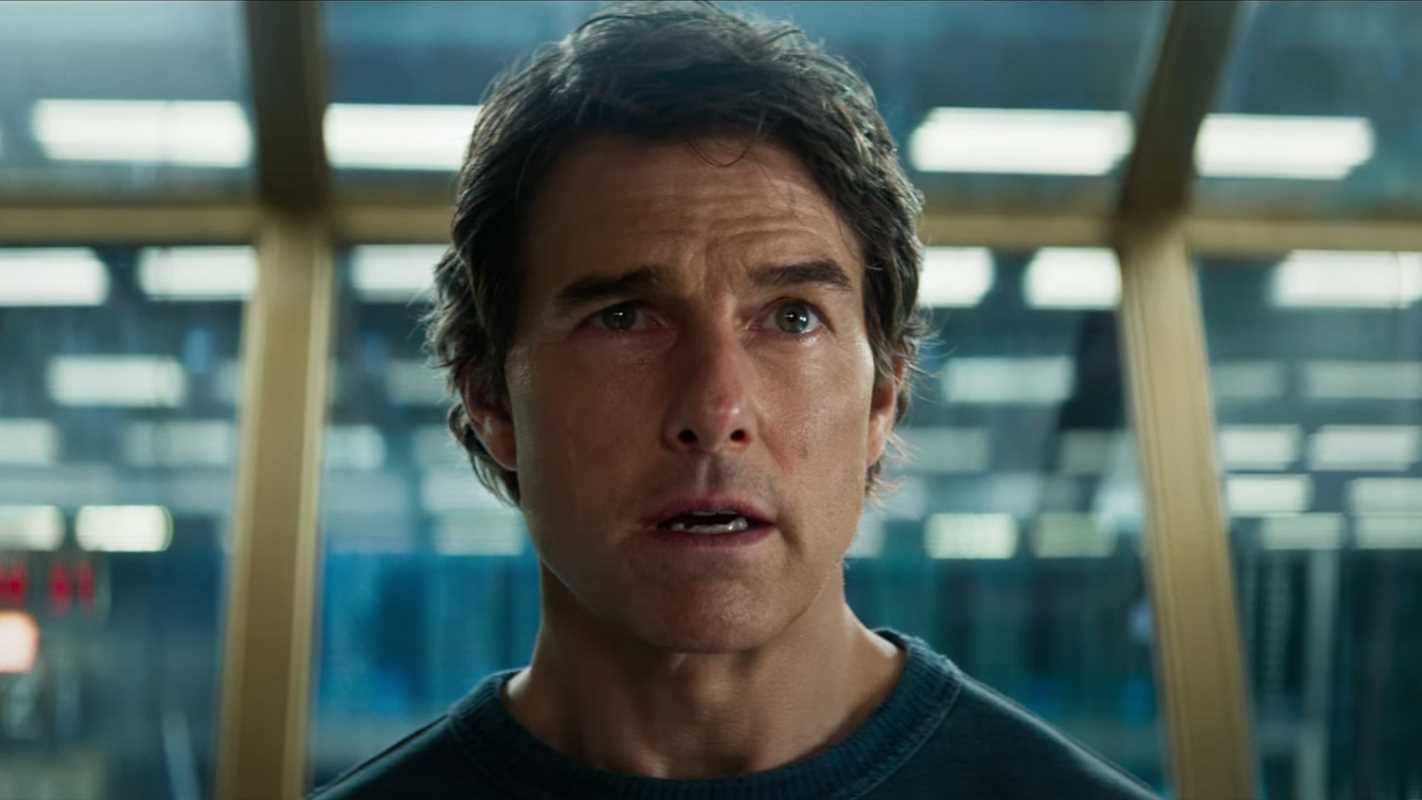Marvel's First Family returns to the big screen with "Fantastic Four: First Steps," delivering a comprehensive reimagining that successfully balances nostalgic charm with contemporary superhero filmmaking excellence. This latest adaptation demonstrates that the beloved team of Reed Richards, Sue Storm, Johnny Storm, and Ben Grimm possesses enduring appeal when presented through skillful direction, authentic character development, and spectacular visual effects that serve narrative purposes rather than overwhelming them.
A Fresh Foundation for Familiar Heroes
Director Matt Shakman approaches the source material with genuine respect for the characters' comic book origins while establishing distinct cinematic identity that differentiates this iteration from previous adaptations. The film's opening sequences effectively establish the core relationships between team members before their transformation, creating emotional investment that enhances the subsequent superhero elements. This character-first approach provides solid foundation for both action sequences and interpersonal drama.
The screenplay by Josh Friedman, Cameron Squires, Ryan North, and Ian Springer demonstrates sophisticated understanding of what makes the Fantastic Four unique within the broader Marvel universe. Rather than attempting to replicate the tone and structure of other successful superhero franchises, the writers embrace the team's distinctive family dynamic and scientific adventure themes. This approach creates authentic storytelling that honors the source material while appealing to contemporary audiences.
The film's treatment of the team's origin story avoids repetitive exposition while providing sufficient context for newcomers to understand character motivations and relationships. The balance between familiar elements and fresh perspectives creates viewing experience that satisfies longtime fans while remaining accessible to audiences unfamiliar with previous adaptations or comic book continuity.
Exceptional Performance Quality
Pedro Pascal delivers compelling performance as Reed Richards, effectively portraying the character's intellectual brilliance without sacrificing relatability or emotional authenticity. Pascal demonstrates remarkable range in depicting Reed's transformation from confident scientist to reluctant leader bearing responsibility for his team's altered circumstances. His chemistry with the ensemble cast creates believable family dynamics that anchor the film's emotional core.
Vanessa Kirby brings depth and agency to Sue Storm, presenting a character whose invisible powers serve as metaphor for her struggle to maintain visibility within male-dominated scientific communities. Kirby's performance balances vulnerability with strength, creating a fully realized character whose development extends beyond romantic subplot considerations. Her portrayal demonstrates how contemporary superhero films can present female characters as complete individuals rather than supporting elements.
Joseph Quinn captures Johnny Storm's youthful enthusiasm and reckless energy while revealing underlying insecurities that motivate his attention-seeking behavior. Quinn's performance provides comic relief without reducing the character to mere comedic function, creating authentic portrayal of young adult grappling with newfound abilities and responsibilities. The sibling relationship between Johnny and Sue feels genuine throughout their shared screen time.
Ebon Moss-Bachrach delivers outstanding work as Ben Grimm, utilizing practical effects and performance capture technology to create The Thing as both physically imposing and emotionally vulnerable character. Moss-Bachrach's voice work conveys the psychological trauma of physical transformation while maintaining Ben's fundamental loyalty and protective instincts. The performance demonstrates how skilled actors can create compelling characters despite extensive makeup and digital enhancement.
Visual Excellence and Technical Achievement
The film's visual effects achieve remarkable success in bringing the Fantastic Four's powers to life through convincing practical and digital techniques. Reed's stretching abilities demonstrate fluid movement that feels physically plausible despite their impossible nature. The invisibility effects for Sue create seamless integration between visible and invisible states that enhances action sequences without creating visual confusion.
Johnny's flame effects combine practical fire elements with digital enhancement to create spectacular flight sequences that maintain appropriate scale and impact. The Human Torch sequences demonstrate how contemporary visual effects can create superhero abilities that feel authentic within established cinematic reality. The fire effects contribute to character development by reflecting Johnny's emotional states through visual intensity.
The Thing's design successfully balances comic book aesthetics with realistic texture and movement that creates believable physical presence. The practical suit work combined with digital enhancement allows for authentic performance capture while maintaining the character's distinctive rocky appearance. This technical achievement demonstrates how modern filmmaking can honor source material while creating practical character interaction.
The production design creates believable scientific environments and alien landscapes that support the story's dimensional travel elements. The Baxter Building serves as effective home base that reflects the team's scientific focus while providing intimate setting for character development. The alternate dimension sequences demonstrate creative visual design that expands the Marvel Cinematic Universe's scope.
Narrative Structure and Pacing Considerations
The film's three-act structure provides adequate time for character development while maintaining momentum through action sequences and plot advancement. The pacing generally succeeds in balancing intimate character moments with spectacular superhero elements, though certain sequences feel extended beyond their narrative necessity. The middle section occasionally prioritizes spectacle over character development in ways that slightly diminish emotional investment.
The exploration of family themes provides thematic coherence that unifies various plot elements and character arcs. The film demonstrates how superhero stories can examine universal human experiences through fantastical circumstances, creating relevance that extends beyond genre entertainment. The family dynamics feel authentic rather than artificially constructed to serve plot requirements.
Some character development opportunities receive insufficient exploration, particularly regarding the psychological impact of physical transformation on team members. While Ben's struggles receive adequate attention, Reed's guilt and Sue's adaptation to her abilities could benefit from additional screen time. These limitations prevent the film from achieving maximum emotional impact despite strong foundational elements.
Action Sequences and Spectacle
The action sequences demonstrate creative choreography that showcases each team member's unique abilities while emphasizing their collaborative effectiveness. The film avoids the common superhero mistake of creating individual showcase moments that interrupt team dynamics. Instead, the action sequences reinforce the central theme of family cooperation overcoming individual limitations.
The climactic battle sequences provide satisfying resolution to character arcs while delivering spectacular visual entertainment. The integration of practical stunts with digital effects creates convincing superhero action that maintains appropriate stakes and consequences. The film succeeds in creating action sequences that serve story purposes rather than existing purely for spectacle value.
The dimensional travel elements add creative variety to action sequences while expanding the scope of potential future storylines. These sequences demonstrate how the Fantastic Four's scientific background can generate unique superhero scenarios that differentiate them from other Marvel properties. The exploration themes create opportunities for both character development and visual creativity.
Contemporary Relevance and Cultural Impact
"Fantastic Four: First Steps" addresses themes of scientific responsibility and family loyalty that resonate with contemporary audiences while avoiding heavy-handed social commentary. The film's treatment of scientific ethics provides relevant commentary on technological advancement and its potential consequences without becoming preachy or didactic. These themes emerge organically through character interactions and plot developments.
The diverse casting and inclusive approach to character development reflects contemporary values while respecting the source material's foundational elements. The film demonstrates how established characters can be updated for modern audiences without losing their essential characteristics or appeal. This approach creates broader audience accessibility while maintaining franchise authenticity.
Areas Requiring Enhancement
Despite its numerous strengths, "Fantastic Four: First Steps" suffers from pacing inconsistencies that prevent it from achieving consistent excellence throughout its runtime. Certain sequences feel unnecessarily extended while others require additional development to maximize their emotional impact. The film would benefit from tighter editing that maintains momentum while preserving character development opportunities.
The villain development receives adequate but unremarkable treatment that limits the antagonist's impact on both plot and character development. While competently portrayed, the primary threat lacks the complexity necessary to create lasting impression or meaningful thematic resonance. This limitation reduces the stakes and emotional investment in the climactic confrontations.
Some supporting characters receive insufficient development to justify their screen time, creating minor pacing issues that interrupt narrative flow. The film occasionally prioritizes spectacle over character development in ways that slightly diminish the emotional foundation that supports the superhero elements.
Final Assessment and Recommendation
"Fantastic Four: First Steps" represents significant achievement in superhero filmmaking that successfully revitalizes beloved characters through skilled performances, impressive visual effects, and authentic emotional storytelling. The film demonstrates that familiar properties can be refreshed through creative approaches that honor source material while appealing to contemporary audiences.
The strong ensemble performances and technical excellence create engaging entertainment that justifies enthusiastic recommendation for both Marvel fans and general audiences seeking well-crafted superhero cinema. The film's emphasis on family themes and scientific adventure provides distinctive identity within the broader superhero genre landscape.
While certain pacing and development issues prevent the film from achieving perfect execution, the overall experience delivers satisfying entertainment that establishes promising foundation for future installments. The film succeeds in proving that the Fantastic Four deserve prominent place within contemporary superhero cinema through compelling storytelling and spectacular presentation.
Rating: 8/10
 (Image source: Marvel Studios)
(Image source: Marvel Studios) 

.jpg)



